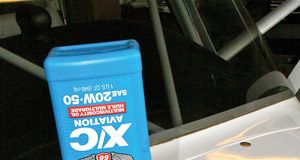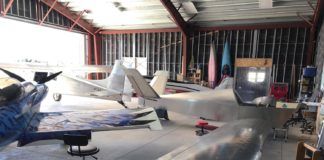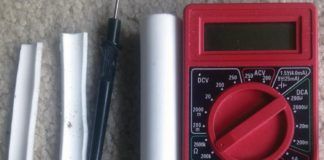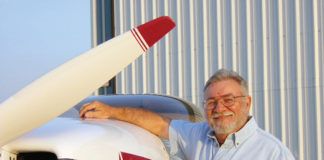 Us and the Media (Best Letter)
Us and the Media (Best Letter)
I was disappointed to see the first letter to the editor in the recent issue (June 2010) regarding the use of the word tarmac by the media, accompanied by the usual subtext that the media are stupid.
If your readers take the gentlemans advice, it will only serve to further alienate the GA community and the media. The point of a story using the word tarmac is simply so the listener gets the point-the plane is stuck on the ground. It doesn’t matter if its a runway, a taxiway, a ramp or the tarmac.
Heres a better idea for readers. Rather than continue this ridiculous game and rather than continue to alienate the media through the usual were smarter than you are communiques, why not just call a local reporter and invite him or her for a flight, extend a hand of cooperation, get to know each other so that the next time there’s a GA story, a reporters first response wont be, Oh, yeah, pilots…they’re the jerks who call and complain all the time. The aviation community is on a suicide mission [regarding] its attitude toward the media. Its time to pull up or die.
Bob Collins
A hanger is where they park all those aircraft that reverse their engines when landing.
Zed Smith
I agree with reader Bud Potts that the word tarmac is incorrectly overused by our journalists and newspeople in the hope of lending authenticity to their frequently inaccurate aviation reporting.
However, hangars, not hangers are used to house aircraft. I use hangers to hold my clothing in the closet. This letter is likely to be only one of 10,000 similar observations by your alert readers.
Randy Wilde
Prop Talk
In the article titled Fixed-Pitch Props in the May 2010 issue, Ishmael Fuentes does your readers a disservice by not calling into question the quote from an RV-6 pilot on the use of a constant-speed propeller that states, But the biggest difference was not acceleration-it was deceleration. The blades go into finer pitch when the power is reduced and cause a lot of drag. The airplane slowed down much faster and sank like a flatiron with power off.
This is not a problem when flying behind a constant-speed propeller; it can actually be an asset in certain circumstances. But here its a method of operation problem by the pilot. When descending with the power back, there is nothing to keep the pilot from reducing engine rpm, and reducing drag by pulling back on the blue knob that operates the prop. If it is final descent to the runway for landing that concerns him, he should start the descent later and only go to fine pitch on short final in preparation for a possible overshoot following a rejected landing.
Hubert Wren
Made in Metal
Ive trained in a two-place Quicksilver MX-II and have only 12 hours of solo time. I have the building bug and cant let it go. Im ready to jump in with both feet, but Id like someone to straighten me out on my idea before I get myself in trouble. I want to build a CGS Hawk (single place) with a Rotax 503. But instead of fabric, I want to try to cover it with sheet metal. I just wonder if anyone has tried this with a Hawk or similar ultralight. My biggest concern is weakening the structural frame of the tubes by placing the rivets. Im also curious about the change in flight characteristics, and how the factory gear will handle the difference in weight. Is this too much for a first-time builder to tackle?
Mark Lowe
You are to be commended for asking before acting. There is a precedent for metalizing aircraft; a couple of designs from the 1940s and 50s were victims of the process, which was intended to eliminate the costs of cover maintenance. You don’t see many still flying. As for the Hawk, we don’t have any information specific to the design, but in general metalizing a lightweight airplane is simply not a good idea. Youll be adding considerable weight, and weight is the enemy. And, as you guessed, you wont know what you’ve done to the underlying structure or how the aerodynamics will be affected. We wouldn’t recommend such a program even for experienced builders. The best advice for a first-time builder is to choose a well-known design-and the Hawk is one-and build it exactly to the plans.-Ed.




